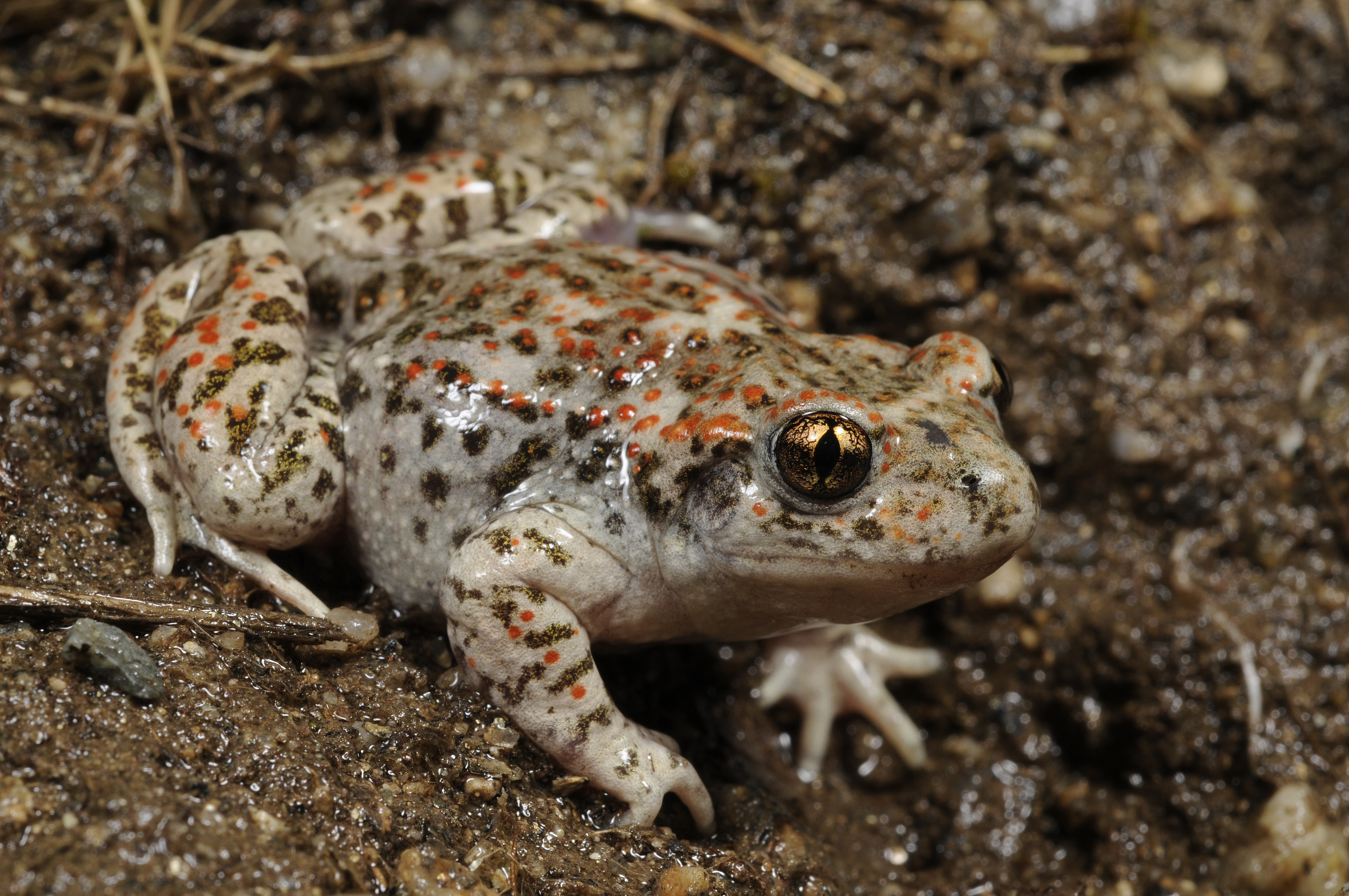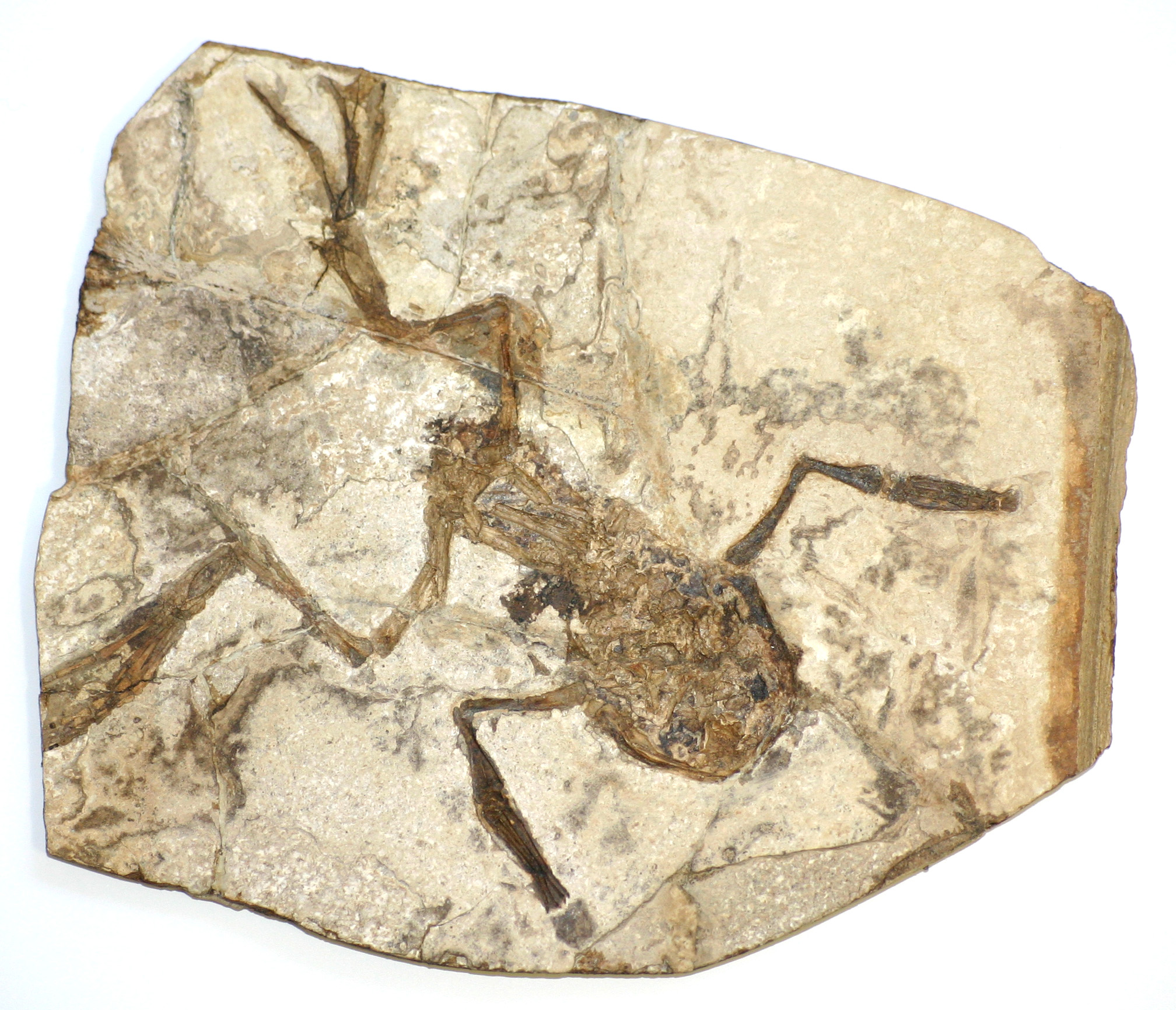|
Archaeobatrachia
Archaeobatrachia (Neo-Latin ''archaeo-'' ("old") + ''batrachia'' ("frog")) is a suborder of the order Anura containing various primitive frogs and toads. As the name suggests, these are the most primitive frogs. Many of the species (28 in total) show certain physiological characteristics which are not present in other frogs and toads, thus giving rise to this group. They are largely found in Eurasia, New Zealand, the Philippines, and Borneo, and are characteristically small. In addition, the family Ascaphidae is found in the Pacific Northwest and northern Rocky Mountains of the United States The United States of America (USA), also known as the United States (U.S.) or America, is a country primarily located in North America. It is a federal republic of 50 U.S. state, states and a federal capital district, Washington, D.C. The 48 ..., and is only represented by two species. The taxon is considered paraphyletic. References * * * * . Amphibian suborders Paraphylet ... [...More Info...] [...Related Items...] OR: [Wikipedia] [Google] [Baidu] |
Tailed Frog
The tailed frogs are two species of frogs in the genus ''Ascaphus'', the only taxon in the family Ascaphidae . The "tail" in the name is actually an extension of the male cloaca. The tail is one of two distinctive anatomical features adapting the species to life in fast-flowing streams. These are the only North American frog species that reproduce by internal fertilization. They are among the most primitive known families of frogs. Its scientific name means 'without a spade', from the privative prefix ''privative a, a-'' and the Ancient Greek ' (, 'spade, shovel'), referring to the metatarsal spade, which these frogs do not have. Taxonomy Until 2001, the genus was believed to be monotypic, the single species being the tailed frog (''Ascaphus truei'' Leonhard Hess Stejneger, Stejneger, 1899). However, in that year, Nielson, Lohman, and Sullivan published evidence that promoted the Rocky Mountain tailed frog (''Ascaphus montanus'') from a subspecies to its own species. Since then, ... [...More Info...] [...Related Items...] OR: [Wikipedia] [Google] [Baidu] |
Leiopelmatidae
__NOTOC__ ''Leiopelma'' is a genus of New Zealand primitive frogs, belonging to the suborder Archaeobatrachia. It is the only genus in the monotypic family Leiopelmatidae. The leiopelmatids' relatively basal form indicates they have an ancient lineage. While some taxonomists have suggested combining the North American frogs of the genus ''Ascaphus'' in the family Ascaphidae with the New Zealand frogs of the genus ''Leiopelma'' in the family Leiopelmatidae, the current consensus is that these two groups constitute two separate families. The three extant species of Leiopelmatidae are only found in New Zealand. Overview The New Zealand primitive frogs' defining characteristics are their extra vertebrae (for a total of nine) and the remains of the tail muscles (the tail itself is absent in adults, although it is present in the younger frogs, which need the extra skin surface until their lungs are fully developed). The family Ascaphidae (found only in North America), of the same su ... [...More Info...] [...Related Items...] OR: [Wikipedia] [Google] [Baidu] |
Amphibian Suborders
Amphibians are ectothermic, anamniotic, four-limbed vertebrate animals that constitute the class Amphibia. In its broadest sense, it is a paraphyletic group encompassing all tetrapods, but excluding the amniotes (tetrapods with an amniotic membrane, such as modern reptiles, birds and mammals). All extant (living) amphibians belong to the monophyletic subclass Lissamphibia, with three living orders: Anura (frogs and toads), Urodela (salamanders), and Gymnophiona (caecilians). Evolved to be mostly semiaquatic, amphibians have adapted to inhabit a wide variety of habitats, with most species living in freshwater, wetland or terrestrial ecosystems (such as riparian woodland, fossorial and even arboreal habitats). Their life cycle typically starts out as aquatic larvae with gills known as tadpoles, but some species have developed behavioural adaptations to bypass this. Young amphibians generally undergo metamorphosis from an aquatic larval form with gills to an air-breathing ... [...More Info...] [...Related Items...] OR: [Wikipedia] [Google] [Baidu] |
Frogs By Classification
A frog is any member of a diverse and largely semiaquatic group of short-bodied, tailless amphibian vertebrates composing the order Anura (coming from the Ancient Greek , literally 'without tail'). Frog species with rough skin texture due to wart-like parotoid glands tend to be called toads, but the distinction between frogs and toads is informal and purely cosmetic, not from taxonomy or evolutionary history. Frogs are widely distributed, ranging from the tropics to subarctic regions, but the greatest concentration of species diversity is in tropical rainforest and associated wetlands. They account for around 88% of extant amphibian species, and are one of the five most diverse vertebrate orders. The oldest fossil "proto-frog" ''Triadobatrachus'' is known from the Early Triassic of Madagascar (250million years ago), but molecular clock dating suggests their divergence from other amphibians may extend further back to the Permian, 265million years ago. Adult frogs have a stou ... [...More Info...] [...Related Items...] OR: [Wikipedia] [Google] [Baidu] |
Alytidae
The Alytidae are a family (biology), family of primitive frogs. Their common name is painted frogs or midwife toads. Most are Endemism, endemic to Europe, but three species occur in northwest Africa, and a species formerly thought to be extinct is found in Israel. This family is also known as Discoglossidae, but the older name Alytidae has priority and is now recognized by major reference works. Some researchers, though, suggest that ''Alytes'' and ''Discoglossus'' are different enough to be treated as belonging to separate families, implying resurrection of the Discoglossidae. The term "discoglossid" has also been used to refer to many primitive fossil frogs that share plesiomorphic (ancestral) similities to alytids, but that are probably not closely related. Genera and species The family contains three Extant taxon, extant genera, ''Alytes'', ''Discoglossus'', and ''Latonia (frog), Latonia''. The first is somewhat toad-like and can often be found on land. The second is smoother ... [...More Info...] [...Related Items...] OR: [Wikipedia] [Google] [Baidu] |
Notobatrachus
''Notobatrachus'' is an extinct genus of frog from the Lower Jurassic (Toarcian) Cañadon Asfalto Formation, Cañadón Asfalto Basin and Middle Jurassic La Matilde Formation, Deseado Massif of Patagonia, Argentina.Escapa et al., 2008 ''N. degiustoi'' is the most completely known Jurassic frog and has been recorded in many outcrops of the La Matilde Formation of the Deseado Massif in southern Patagonia.Báez & Nicoli, 2004, p.258 Description Most of the specimens of ''N. degiustoi'' are postmetamorphic individuals, with the largest individuals reaching body lengths of , making them among the largest known frogs of the Mesozoic era, and comparable in size to many large modern frogs. CPBA-V-14003 consists of disarticulated cranial and postcranial elements, and may correspond either to a late metamorphosing tadpole or an early postmetamorphic individual.Báez & Nicoli, 2004, p.259 In 2024, a tadpole specimen of ''N. degiustoi'' (MPM-PV 23540) was reported from the La Matilde ... [...More Info...] [...Related Items...] OR: [Wikipedia] [Google] [Baidu] |
Frog
A frog is any member of a diverse and largely semiaquatic group of short-bodied, tailless amphibian vertebrates composing the order (biology), order Anura (coming from the Ancient Greek , literally 'without tail'). Frog species with rough skin texture due to wart-like parotoid glands tend to be called toads, but the distinction between frogs and toads is informal and purely cosmetic, not from taxonomy (biology), taxonomy or evolutionary history. Frogs are widely distributed, ranging from the tropics to subarctic regions, but the greatest concentration of species diversity is in tropical rainforest and associated wetlands. They account for around 88% of extant amphibian species, and are one of the five most diverse vertebrate orders. The oldest fossil "proto-frog" ''Triadobatrachus'' is known from the Early Triassic of Madagascar (250Myr, million years ago), but molecular clock, molecular clock dating suggests their divergent evolution, divergence from other amphibians may exte ... [...More Info...] [...Related Items...] OR: [Wikipedia] [Google] [Baidu] |
Hochstetter's Frog
Hochstetter's frog or Hochstetter's New Zealand frog (''Leiopelma hochstetteri'') is a primitive frog native to New Zealand, one of only three extant species belonging to the taxonomic family Leiopelmatidae. They possess some of the most ancient features of any extant frogs in the world. Taxonomy Hochstetter's frog is named after the Austrian geologist Ferdinand von Hochstetter. This species is endemic to New Zealand and belongs to the most primitive anuran suborder Archaeobatrachia, along with Archey's frog (''Leiopelma archeyi''), Hamilton's frog (''L. hamiltoni''), and the Maud Island frog (''L. pakeka''). Three species within the genus, '' L. auroraensis'', '' L. markhami'', and '' L. waitomoensis'', are extinct. Description Hochstetter's frog has a brown-green to brown-red top with dark bands and warts, yellow-brown bellies. Males grow to and females snout–vent length. They are nocturnal, staying under refugia during the day. Hochstetter's frog prefers moist gaps un ... [...More Info...] [...Related Items...] OR: [Wikipedia] [Google] [Baidu] |
Borneo
Borneo () is the List of islands by area, third-largest island in the world, with an area of , and population of 23,053,723 (2020 national censuses). Situated at the geographic centre of Maritime Southeast Asia, it is one of the Greater Sunda Islands, located north of Java Island, Java, west of Sulawesi, and east of Sumatra. The island is crossed by the equator, which divides it roughly in half. The list of divided islands, island is politically divided among three states. The sovereign state of Brunei in the north makes up 1% of the territory. Approximately 73% of Borneo is Indonesian territory, and in the north, the East Malaysian states of Sabah and Sarawak make up about 26% of the island. The Malaysian federal territory of Labuan is situated on a small island just off the coast of Borneo. Etymology When the sixteenth-century Portuguese explorer Jorge de Menezes made contact with the indigenous people of Borneo, they referred to their island as ''Pulu K'lemantang'', which ... [...More Info...] [...Related Items...] OR: [Wikipedia] [Google] [Baidu] |
United States
The United States of America (USA), also known as the United States (U.S.) or America, is a country primarily located in North America. It is a federal republic of 50 U.S. state, states and a federal capital district, Washington, D.C. The 48 contiguous states border Canada to the north and Mexico to the south, with the semi-exclave of Alaska in the northwest and the archipelago of Hawaii in the Pacific Ocean. The United States asserts sovereignty over five Territories of the United States, major island territories and United States Minor Outlying Islands, various uninhabited islands in Oceania and the Caribbean. It is a megadiverse country, with the world's List of countries and dependencies by area, third-largest land area and List of countries and dependencies by population, third-largest population, exceeding 340 million. Its three Metropolitan statistical areas by population, largest metropolitan areas are New York metropolitan area, New York, Greater Los Angeles, Los Angel ... [...More Info...] [...Related Items...] OR: [Wikipedia] [Google] [Baidu] |



